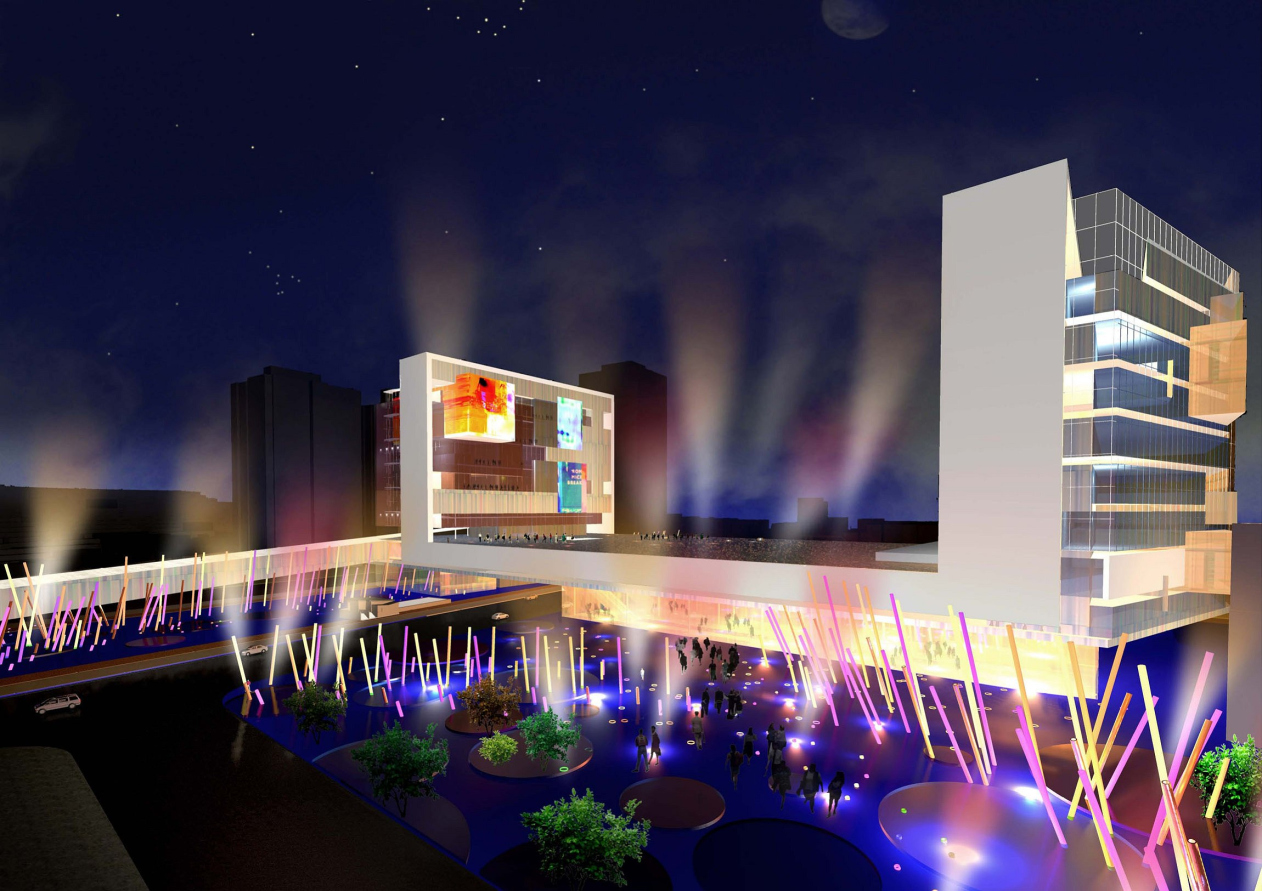On the bed of music
In Tai Bei less than a year ago there was held an international architectural contest on Taipei Pop Music Center design project. TPO "Reserv" interpreted the object as a giant bed, a "bed" which they turned into an outdoor stage.




17 June 2010

Written by: